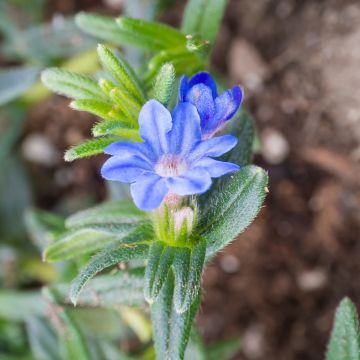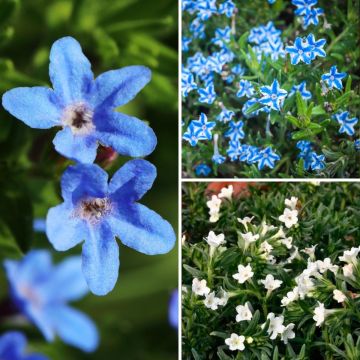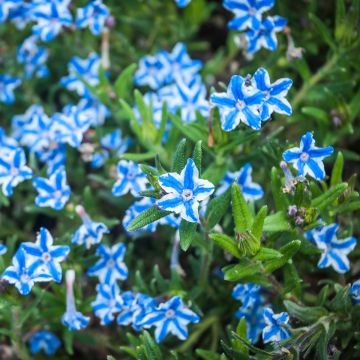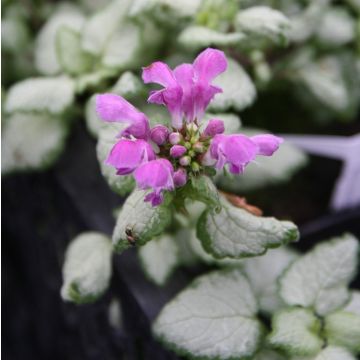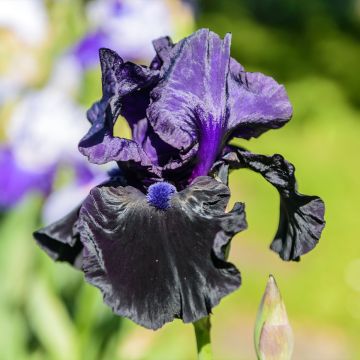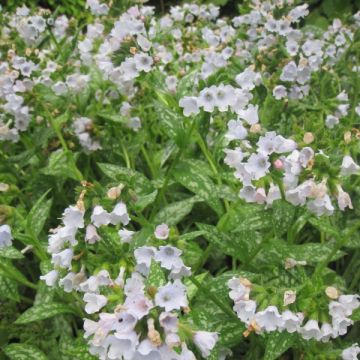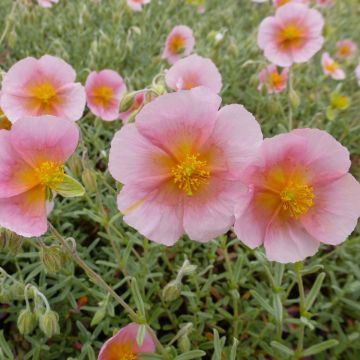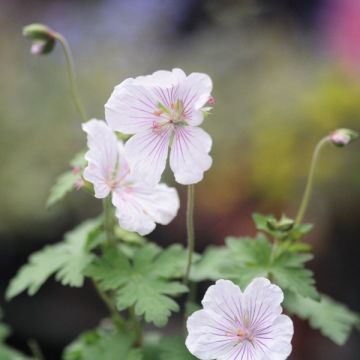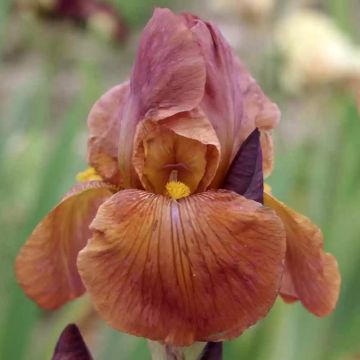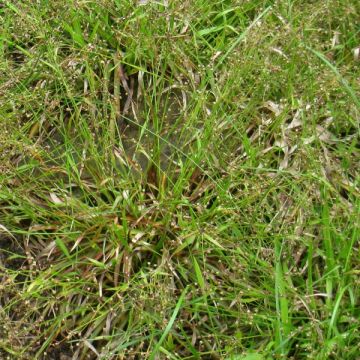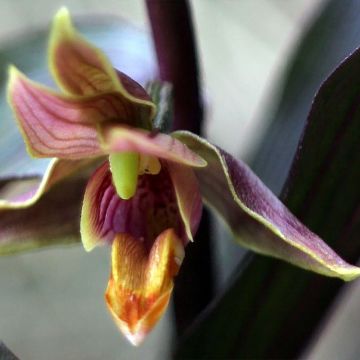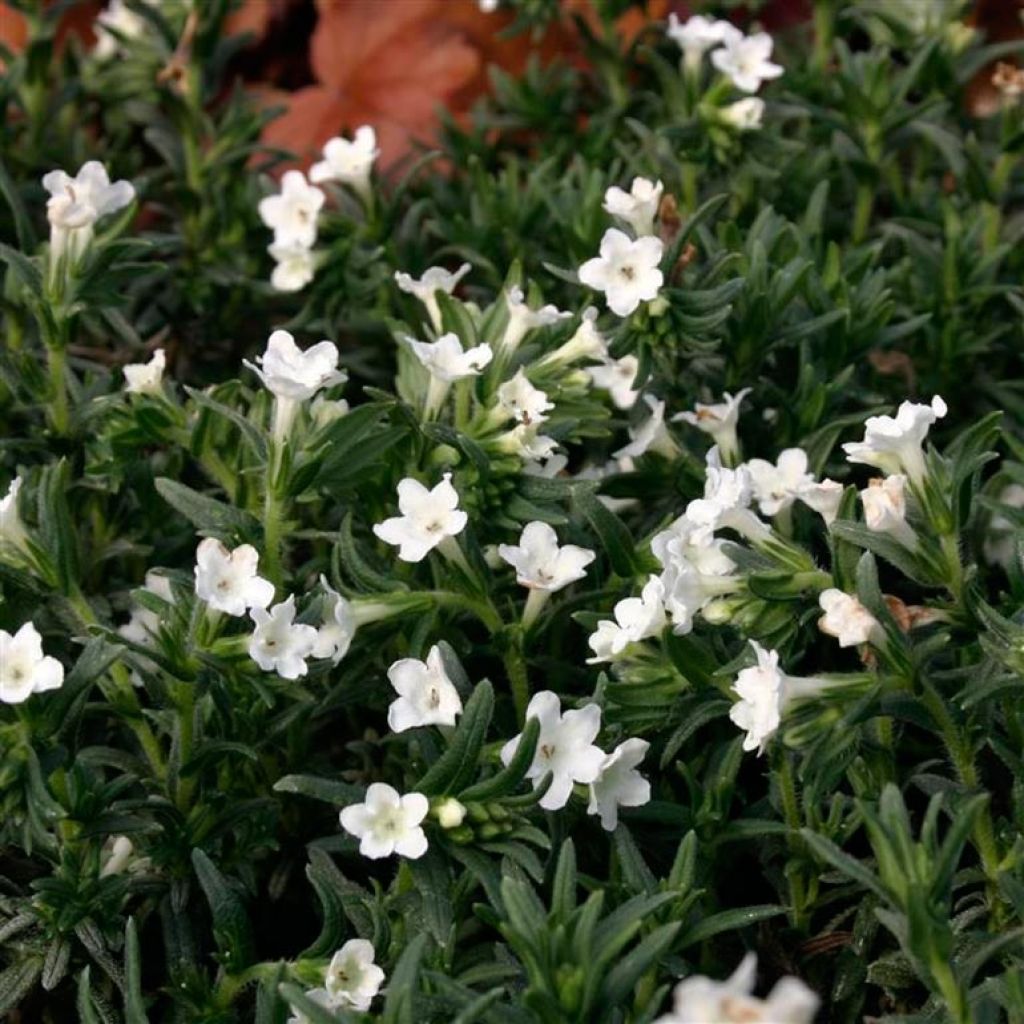

Lithodora diffusa Alba
Lithodora diffusa Alba
Lithodora diffusa Alba
Purple Gromwell
This item cannot be shipped to the selected country
Delivery charge from €5.90
More information
Schedule delivery date,
and select date in basket
This plant carries a 12 months recovery warranty
More information
We guarantee the quality of our plants for a full growing cycle, and will replace at our expense any plant that fails to recover under normal climatic and planting conditions.
From €5.90 for pickup delivery and €6.90 for home delivery
Express home delivery from €8.90.
Does this plant fit my garden?
Set up your Plantfit profile →
Description
The Lithodora diffusa 'Alba' is the white-flowered form of the diffuse gromwell, more commonly known to gardeners as the 'Heavenly Blue' or 'Cambridge Blue' varieties, with intense blue flowers. It is a small evergreen undershrub with a loose habit, forming a carpet of white stars in spring, creating a beautiful contrast with its small, very dark green leaves. It prefers acidic, well-drained, humus-rich, and rather dry soil, and is suitable for sunny borders, rockeries, at the base of conifers, along walls, or even in containers on the terrace.
The Lithodora diffusa (or prostata), formerly known as Lithospermum diffusum, from the boraginaceae family, is native to southern Europe (Pyrenees, Alps, Morocco), where it mostly grows in rocky areas of low mountains, clearings, and along the coast, on non-calcareous and well-drained soils. It is a creeping, prostrate plant with woody stems, not exceeding 15cm (6in) in height but spreading over more than a meter. Its growth is quite rapid once established. The hairy stems bear small linear and rough leaves, with a matte dark green color and prominent midrib, which persist on the plant during winter. Each leaf measures 0.5cm (0in) to 2cm (1in) in length and 0.5cm (0in) in width. The flowering period lasts for at least 2 months, between May and June, starting earlier in favorable climates and continuing until September if the soil remains moist. The flowers are small white blooms, 2cm (1in) in diameter, grouped in clusters of 3 to 4 units. The corolla, with a tube at the base, widens into 5 rounded lobes around a small hairy ring. This nectar-rich and bee-friendly flowering attracts pollinators. After pollination, the flowers produce small, hard seeds enclosed in the calyx.
.
On a wall, in a rockery, among small bushes, at the base of a conifer hedge, on slopes, but always in acidic and light soil, this lovely pure white-flowered variety is an ideal companion for heathers, as it has almost the same cultivation requirements. The diffuse gromwell also pairs well with linarias, botanical tulips, or creeping wormwoods, preferably in partial shade or in sunny, poor, and well-drained soils.
Report an error about the product description
Lithodora diffusa Alba in pictures
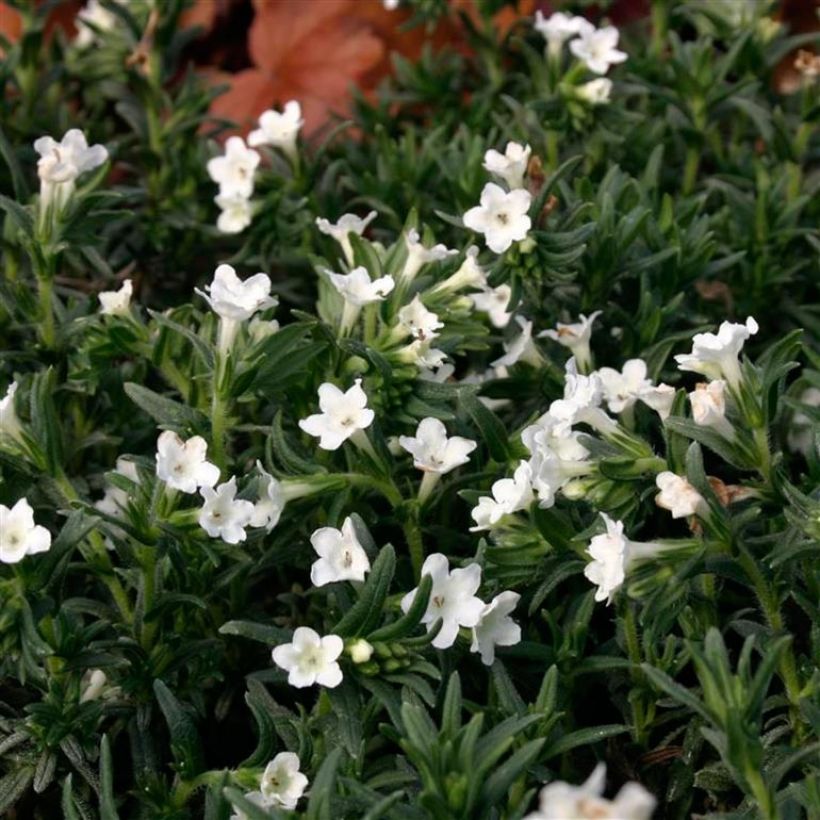

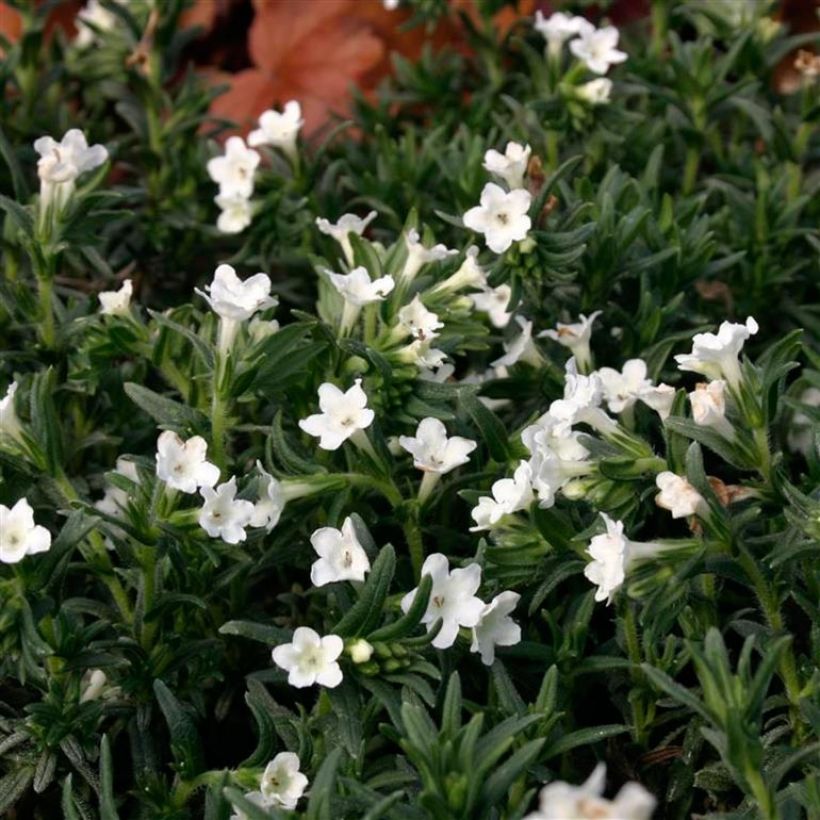

Flowering
Foliage
Plant habit
Botanical data
Lithodora
diffusa
Alba
Boraginaceae
Purple Gromwell
Mediterranean
Other Lithodora
Planting and care
Like heathers, the Lithodora diffusa dislikes limestone but tolerates poor, sandy soil or even clay soil as long as it is well drained by the roots of surrounding trees. Under these conditions, it is very resistant to winter cold. It prefers a sunny exposure or light shade, as well as a supply of compost or loam at planting and maintenance in autumn. Water generously but spaced out during dry periods, especially for newly planted specimens. Prune moderately every 2 years to promote a more compact habit. Young plants may be prone to aphids.
Planting period
Intended location
Care
This item has not been reviewed yet - be the first to leave a review about it.
Spring flowering perennials
Haven't found what you were looking for?
Hardiness is the lowest winter temperature a plant can endure without suffering serious damage or even dying. However, hardiness is affected by location (a sheltered area, such as a patio), protection (winter cover) and soil type (hardiness is improved by well-drained soil).

Photo Sharing Terms & Conditions
In order to encourage gardeners to interact and share their experiences, Promesse de fleurs offers various media enabling content to be uploaded onto its Site - in particular via the ‘Photo sharing’ module.
The User agrees to refrain from:
- Posting any content that is illegal, prejudicial, insulting, racist, inciteful to hatred, revisionist, contrary to public decency, that infringes on privacy or on the privacy rights of third parties, in particular the publicity rights of persons and goods, intellectual property rights, or the right to privacy.
- Submitting content on behalf of a third party;
- Impersonate the identity of a third party and/or publish any personal information about a third party;
In general, the User undertakes to refrain from any unethical behaviour.
All Content (in particular text, comments, files, images, photos, videos, creative works, etc.), which may be subject to property or intellectual property rights, image or other private rights, shall remain the property of the User, subject to the limited rights granted by the terms of the licence granted by Promesse de fleurs as stated below. Users are at liberty to publish or not to publish such Content on the Site, notably via the ‘Photo Sharing’ facility, and accept that this Content shall be made public and freely accessible, notably on the Internet.
Users further acknowledge, undertake to have ,and guarantee that they hold all necessary rights and permissions to publish such material on the Site, in particular with regard to the legislation in force pertaining to any privacy, property, intellectual property, image, or contractual rights, or rights of any other nature. By publishing such Content on the Site, Users acknowledge accepting full liability as publishers of the Content within the meaning of the law, and grant Promesse de fleurs, free of charge, an inclusive, worldwide licence for the said Content for the entire duration of its publication, including all reproduction, representation, up/downloading, displaying, performing, transmission, and storage rights.
Users also grant permission for their name to be linked to the Content and accept that this link may not always be made available.
By engaging in posting material, Users consent to their Content becoming automatically accessible on the Internet, in particular on other sites and/or blogs and/or web pages of the Promesse de fleurs site, including in particular social pages and the Promesse de fleurs catalogue.
Users may secure the removal of entrusted content free of charge by issuing a simple request via our contact form.
The flowering period indicated on our website applies to countries and regions located in USDA zone 8 (France, the United Kingdom, Ireland, the Netherlands, etc.)
It will vary according to where you live:
- In zones 9 to 10 (Italy, Spain, Greece, etc.), flowering will occur about 2 to 4 weeks earlier.
- In zones 6 to 7 (Germany, Poland, Slovenia, and lower mountainous regions), flowering will be delayed by 2 to 3 weeks.
- In zone 5 (Central Europe, Scandinavia), blooming will be delayed by 3 to 5 weeks.
In temperate climates, pruning of spring-flowering shrubs (forsythia, spireas, etc.) should be done just after flowering.
Pruning of summer-flowering shrubs (Indian Lilac, Perovskia, etc.) can be done in winter or spring.
In cold regions as well as with frost-sensitive plants, avoid pruning too early when severe frosts may still occur.
The planting period indicated on our website applies to countries and regions located in USDA zone 8 (France, United Kingdom, Ireland, Netherlands).
It will vary according to where you live:
- In Mediterranean zones (Marseille, Madrid, Milan, etc.), autumn and winter are the best planting periods.
- In continental zones (Strasbourg, Munich, Vienna, etc.), delay planting by 2 to 3 weeks in spring and bring it forward by 2 to 4 weeks in autumn.
- In mountainous regions (the Alps, Pyrenees, Carpathians, etc.), it is best to plant in late spring (May-June) or late summer (August-September).
The harvesting period indicated on our website applies to countries and regions in USDA zone 8 (France, England, Ireland, the Netherlands).
In colder areas (Scandinavia, Poland, Austria...) fruit and vegetable harvests are likely to be delayed by 3-4 weeks.
In warmer areas (Italy, Spain, Greece, etc.), harvesting will probably take place earlier, depending on weather conditions.
The sowing periods indicated on our website apply to countries and regions within USDA Zone 8 (France, UK, Ireland, Netherlands).
In colder areas (Scandinavia, Poland, Austria...), delay any outdoor sowing by 3-4 weeks, or sow under glass.
In warmer climes (Italy, Spain, Greece, etc.), bring outdoor sowing forward by a few weeks.

































